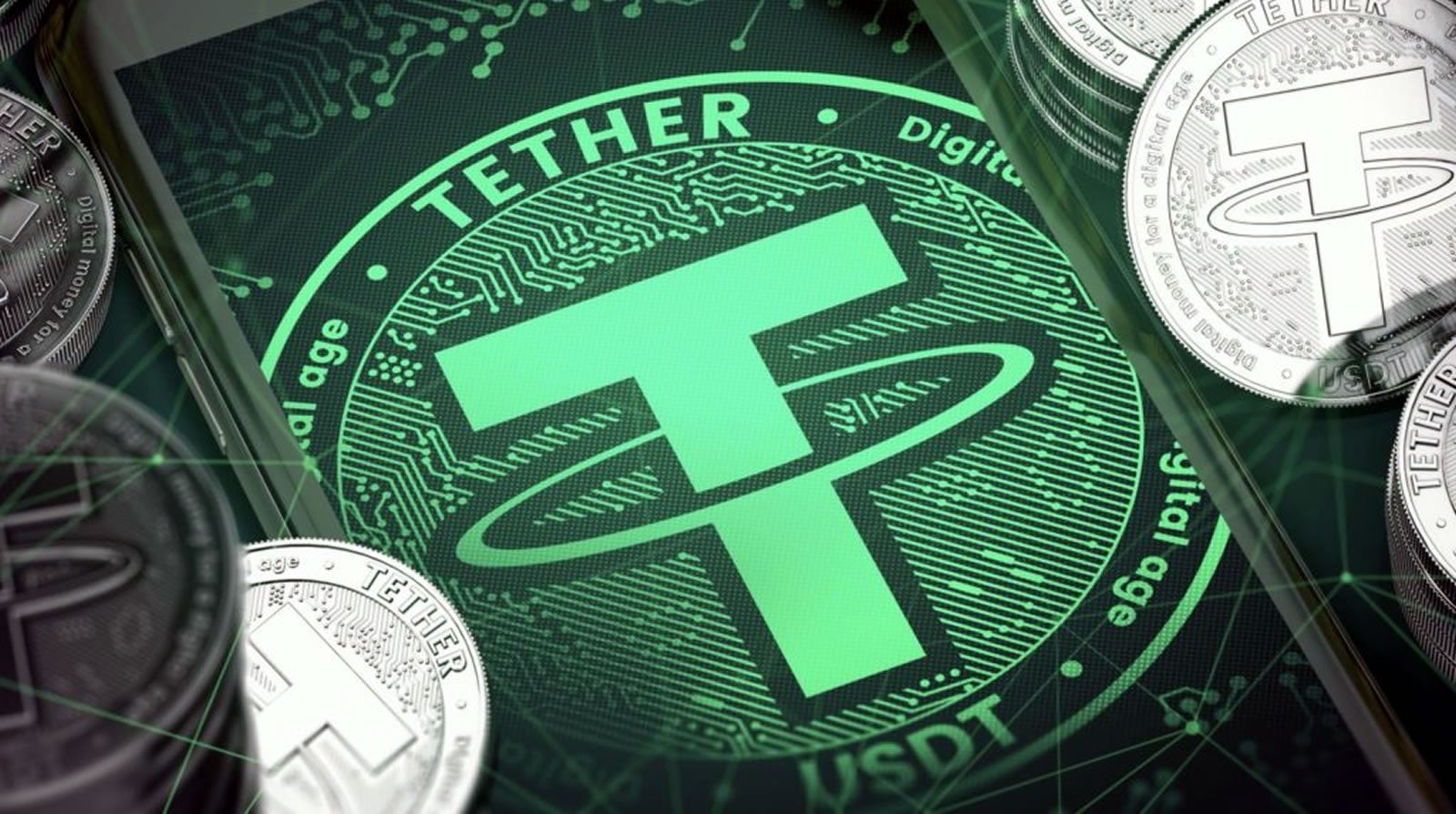[ad_1]
Tether’s growth reaches new all-time highs across multiple blockchains. The first protocol to admit that Tether was lagging behind. According to Coin Metrics, Tether’s offer on Omni Layer, which is based on Bitcoin, has decreased by more than 50% in the last 12 consecutive months.
The range of omni-layer tether peaked in mid-2018 at just over $ 3 billion. Tether tokens were first released on Omni Layer in October 2014. At the time, this was the only protocol that Stablecoin supported.
While fluctuations in the supply of stable coins and the number of transactions occur regularly, it is unusual for the supply to shrink for months, especially at Tether.

What happened to the tether supply? Why wasn’t it kept in Omni Layer?
It should be noted that Omni Layer was the only one to support tether for more than three years until stablecoin was introduced as an ERC-20 token on Ethereum in November 2017. As a result, Ethereum was involved in less than two years. Tether’s entire circulating offering overshadowed Omni Layer.
One can also say that the demand influences because it is different in every blockchain. This could explain the uneven growth in the different protocols.

Likewise, performance issues in tether-compatible protocols appear to drive demand on platforms like Ethereum as they move away from omni layers.
According to Paolo Ardoino, CTO of Tether, transaction fees and confirmation times were the main reasons why Tether decided to develop its stablecoin into a cross-chain asset that was compatible with multiple protocols.
What was the problem with omni layer?
According to Ardoino, traders were routinely concerned about the sudden increases in Bitcoin transaction fees, which resulted in arbitrage transactions becoming “insanely expensive”.
The other problem was the confirmation times. Often, the time it took some exchanges to credit omni-layer transactions was too long to miss traders a chance in the market. The latter is due to the fact that up to three blocks of Bitcoin have been waiting for the transaction to be credited.
Omni Layer is suitable for those who want robustness in their transactions, but not for those who are looking for low rates and speed of transactions through faster blocks.
Ethereum currently owns most of the Tether offering. Almost 3.5 billion tokens have been issued on Ethereum since February. Tron, a similarly optimized protocol for issuing tokens, has recently stored almost as many tokens as Omni Layer.
Conclusion
Tether’s USDT is a stable coin and appeals to those who already trust the origin of the tokens the most. Therefore, the speed of the transaction and the low fees are two of the features investors are most looking for.
So far, Tether has been established as a stable coin for various blockchains. In particular, it works with eight different protocols, including Omni Layer, Ethereum, Litecoin and Tron.
All of this was part of a strategy to make your stable coin more competitive by simply growing it. The more compatible blockchains are, the more interest there may be in Tether, since there is more access to it.
The outlook therefore suggests that USDT will continue to be a multi-blockchain asset. In addition, the presence of this stable coin on Ethereum is so large that it is difficult to remove it from its blockchain for a long time.
None of this prevents Omni Layer from remaining important to Tether developers as it was the first platform on which they had to mobilize stablecoin. However, times have changed and therefore the importance of the company’s strategy to expand to other blockchains.
[ad_2]

Add Comment